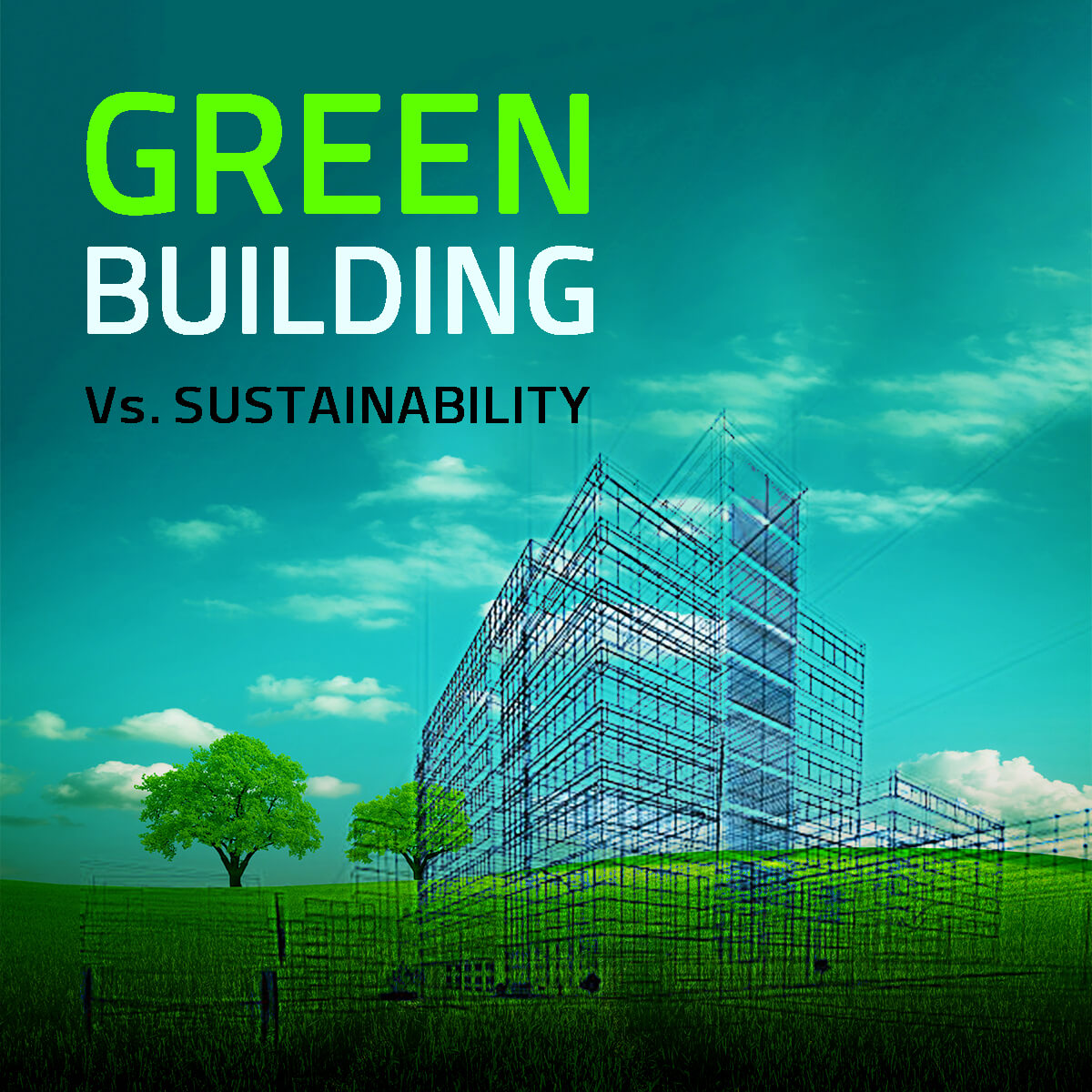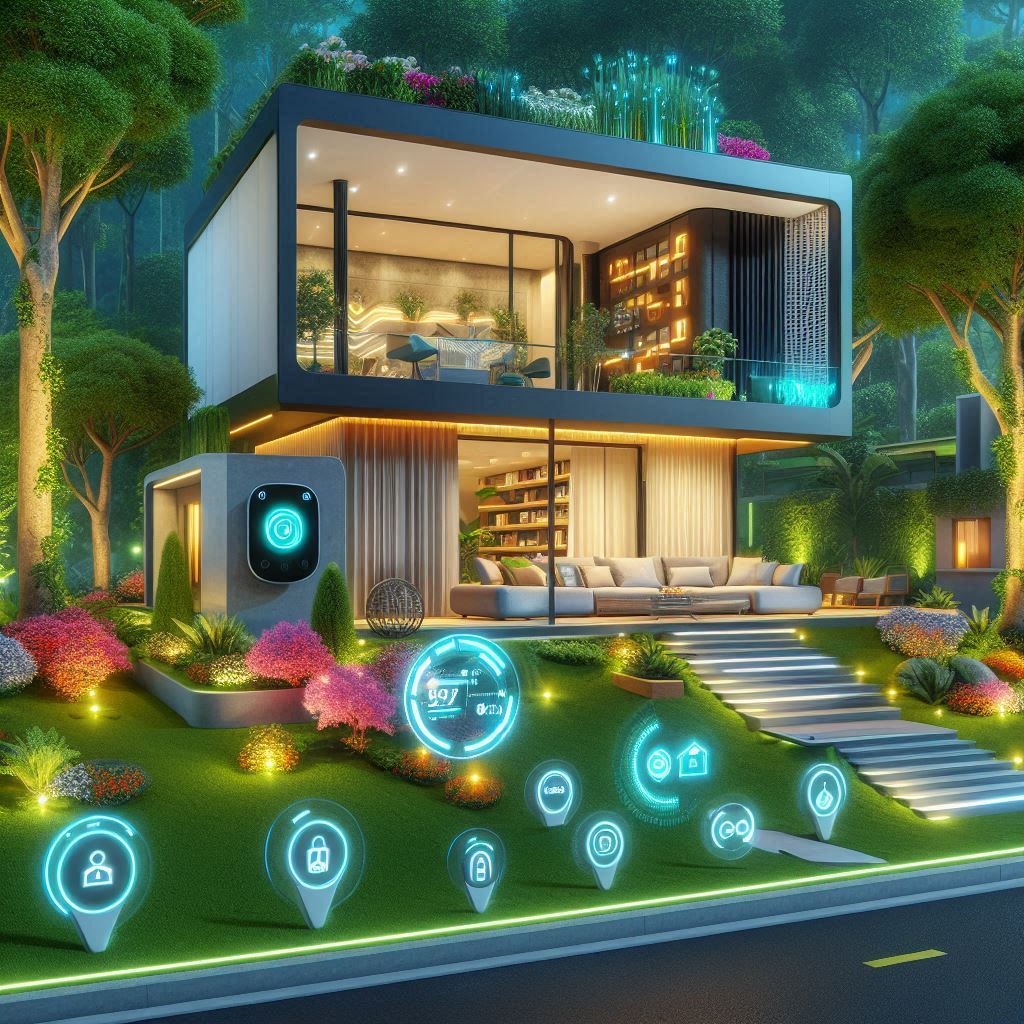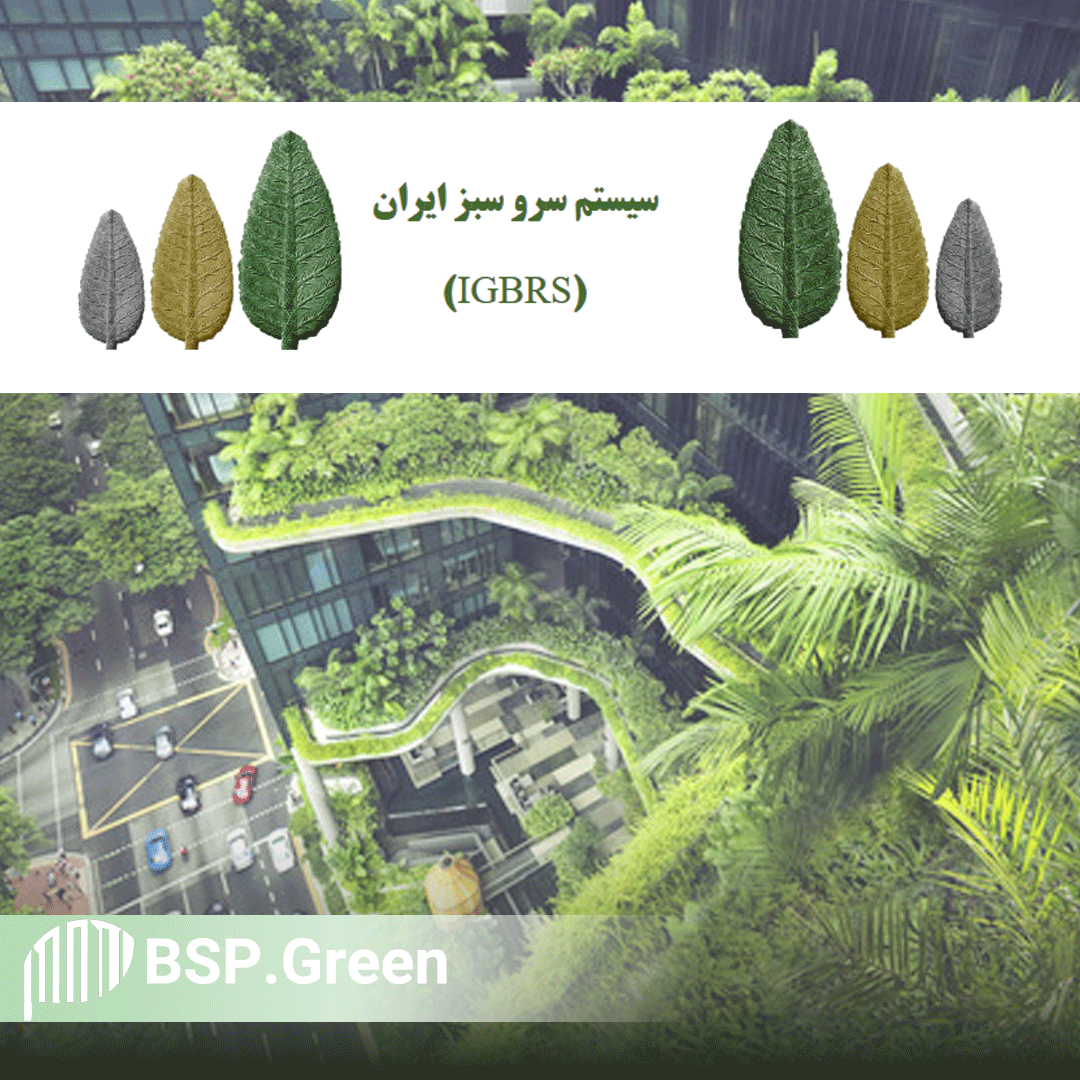
Green Building
Green Building
Green building is a building that focuses on reducing or eliminating negative effects on the environment in design, construction or operation phase and can have positive effects on our climate and natural environment. Green buildings preserve precious natural resources and improve our quality of life.
Development and attention to green buildings is part of the global response to increasing awareness of the role of human activities in creating global climate change. Buildings account for more than 40% of total global carbon dioxide emissions, which is one of the main culprits in global warming.
Created in 1993, the US Green Building Council (USGBC) aims to transform the building industry into a more environmentally responsible activity. Beginning in the mid-1990s, the USGBC undertook, with financial assistance from the US Department of Energy, the development of a rating and evaluation system to define what a green building represented. The first system, dubbed Leadership in Energy and Environmental Design or LEED, for new construction and major renovations, was piloted or beta-tested in 1998 and 1999 on about 50 projects in the US. In March.
A ‘green’ building is a building that, in its design, construction or operation, reduces or eliminates negative impacts, and can create positive impacts, on our climate and natural environment. Green buildings preserve precious natural resources and improve our quality of life.
Green buildings are part of a global response to increasing awareness of the role of human activity in causing global climate change. Buildings account for more than 40% of all global carbon dioxide emissions, one of the main culprits implicated in the phenomenon of global warming.

Green Building Features
There are a number of features which can make a building ‘green’. These include:
- Efficient use of energy, water and other resources
- Use of renewable energy, such as solar energy
- Pollution and waste reduction measures, and the enabling of re-use and recycling
- Good indoor environmental air quality
- Use of materials that are non-toxic, ethical and sustainable
- Consideration of the environment in design, construction and operation
- Consideration of the quality of life of occupants in design, construction and operation
- A design that enables adaptation to a changing environment
- Sustainable site planning
- Safeguarding water and water efficiency.
- Energy efficiency and renewable energy.
- Conservation of materials and resources.
- Indoor environmental quality.
What Is Green Building Certification?
Green building rating tools – also known as certification – are used to assess and recognise buildings which meet certain green requirements or standards. Rating tools, often voluntary, recognise and reward companies and organisations who build and operate greener buildings, thereby encouraging and incentivising them to push the boundaries on sustainability.
Rating tools vary in their approach and can be applied to the planning and design, construction, operation and maintenance, renovation, and eventual demolition phases of a green building. Rating tools can also differ in the type of buildings they are applied to, with specific tools or subsets of tools used for different building types such as homes, commercial buildings or even whole neighbourhoods.
Green Building Codes
Green building codes continue to be developed and adopted in the U.S. and abroad that seek to push the standard of building design and construction to new levels of sustainability and performance. Codes come in two basic formats: prescriptive and performance, with outcome-based becoming a developing third option. A Prescriptive path is a fast, definitive, and conservative approach to code compliance. Materials and equipment must meet a certain levels of stringency, which are quantified in tables. Performance-based codes are designed to achieve particular results, rather than meeting prescribed requirements for individual building components. Outcome-based codes for example, establish a target energy use level and provide for measurement and reporting of energy use to assure that the completed building performs at the established level
Green Building Rating System and Certification
Green building rating or certification systems broaden the focus beyond the product to consider the project as a whole. Rating systems are a type of building certification system that rates or rewards relative levels of compliance or performance with specific environmental goals and requirements. Rating systems and certification systems are frequently used interchangeably.
Green building rating and certification systems require an integrated design process to create projects that are environmentally responsible and resource-efficient throughout a building’s life-cycle: from siting to design, construction, operation, maintenance, renovation, and demolition. A few of these programs are single-attribute, focusing solely on water or energy, while others are multi-attribute addressing emissions, toxicity, and overall environmental performance in addition to water and energy. While the philosophy, approach, and certification method vary across these the systems, a common objective is that projects awarded or certified within these programs are designed to reduce the overall impact of the built environment on human health and the natural environment.
Green building rating systems exist to address every project type from single-family houses and commercial buildings to entire neighborhoods. There are rating systems available for new construction, which focus on decisions made in the planning and design process and actions taken through construction, as well as for existing buildings, which focus on operations and maintenance throughout the life of the building. A primary reason for the creation of rating systems is the need to more clearly define, implement, and measure green strategies and their outcomes and impacts. Federal, state, and municipal agencies across the country such as the General Services Administration (GSA), Department of Energy, Department of Health and Human Services, and the Environmental Protection Agency, took an early lead in incorporating energy efficiency and sustainability by following green building guidelines in the design, construction, and renovation of Federal facilities. Most states and many major cities have also incorporated green into their internal building requirements for new construction
Green Building Certifications
Green building certifications and different rating systems are introduced around the world, such as LEED, BREEAM, NZEB, WELL, EDGE, CASBE, Green Star, etc. Meanwhile, due to the restrictions on obtaining green building certificates in Iran, the Energy and Environment Department of BSP, relying on professional knowledge in the field of building science, helps projects in the design process to compliance with standards. It also allows high-performance branded buildings to be designed and built at the same level of prominent green buildings around the world.
Green Building Certification in Iran
In Iran, various codes, regulations, guides and standards in the field of green and sustainable construction have been developed with the aim of reducing the negative environmental and health effects of development systems.
Urban Road and Housing Research Center has compiled a green building rating system after examining the various systems available in developed countries. This center, after various studies and researches with the cooperation of all project management members, after determining 8 main categories including site, energy, water management, waste management, indoor air quality, outdoor air quality, resources and materials management presents evaluation criteria.
After receiving the final opinions of experts, the Iranian Green Building Evaluation System, abbreviated as IGBRS, was introduced.
The green building system is designed for new buildings and has been prepared nationally by the Road, Housing & Urban Development Research Center and the National Land and Housing Organization of Iran. The main classification of this system includes five ranks: green, golden, silver, approved and unapproved




